7.04.2021
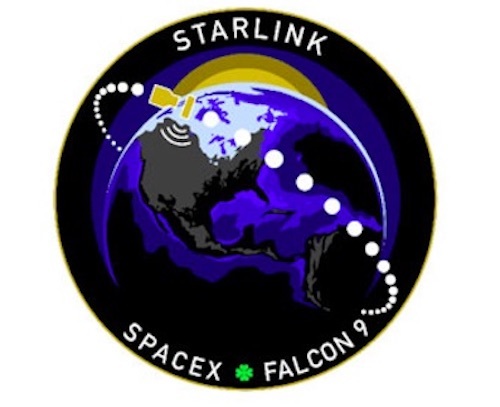
SpaceX going for its 10th satellite launch of the year Wednesday

SpaceX teams at Cape Canaveral are readying for the company’s 10th Falcon 9 rocket launch of the year Wednesday, another flight devoted to delivering satellites to orbit for the Starlink internet network.
Like seven of the nine prior Falcon 9 missions this year, the rocket awaiting blastoff Wednesday will aim to release 60 Starlink satellites into an orbit nearly 170 miles (270 kilometers) above Earth. The 60 spacecraft will then use their on-board electric thrusters to reach an operating altitude of 341 miles (550 kilometers) to join more than 1,300 other Starlink satellites providing consumer internet service.
The 229-foot-tall (70-meter) Falcon 9 rocket is scheduled to ignite its nine kerosene-fueled Merlin 1D engines and fire off pad 40 at Cape Canaveral Space Force Station at 12:34 p.m. EDT (1634 GMT) Wednesday.
The launch will be the first daytime blastoff from Florida’s Space Coast since January, following a series of late-night and predawn Falcon 9 launches in recent months.
The Falcon 9 will head northeast from Cape Canaveral with the 60 Starlink satellites, following a track parallel to the U.S. East Coast to place the flat-panel broadband-beaming spacecraft into an orbital plane tilted 53 degrees to the equator.
After exceeding the speed of sound and rocketing into the stratosphere, the Falcon 9 will shut down its first stage booster around two-and-a-half minutes into the mission. The 15-story rocket will come back to Earth to attempt a vertical landing on a SpaceX’s recovery vessel positioned in the Atlantic Ocean several hundred miles east of Charleston, South Carolina.
The booster will use its center engine to the final braking burn just before touchdown on the drone ship approximately eight-and-a-half minutes after launch. The reusable first stage flying on Wednesday mission — tail number B1058 — has logged six prior flights to space and back, beginning with the liftoff of SpaceX’s Crew Dragon capsule last May on the first orbital launch of astronauts from U.S. soil in nearly nine years.
Most recently, the booster launched and landed March 11 on a mission with 60 Starlink satellites.
While the first stage comes in for a landing, the Falcon 9’s second stage will power into orbit using its single Merlin engine. The Falcon 9’s payload shroud, which cocoons the Starlink during the first few minutes of flight, will jettison after the rocket soars above the thick, lower levels of the atmosphere.
The payload fairing, or nose cone, will separate in two halves to parachute into the Atlantic for retrieval by a SpaceX recovery boat. One half of the fairing flying Wednesday has already launched three times, and the other fairing shell has flown once.
After reaching a preliminary parking orbit, the second stage will briefly reignite 45 minutes into the mission to place the 60 satellites into the proper orbit for separation.
The 60 Starlink satellites, each with a mass of about 573 pounds (260 kilograms), will separate from the Falcon 9 rocket’s second stage at 1:38 p.m. EDT (1738 GMT).
Wednesday’s launch will be SpaceX’s 10th Falcon 9 mission so far in 2021, a record pace for SpaceX to start a year.
With this mission, SpaceX will have deployed 1,445 Starlink satellites on 26 launches, including prototypes and failed spacecraft. The active fleet of Starlink spacecraft will reach roughly 1,380 satellites with the fresh data relay stations set for liftoff Wednesday.
That’s more than six times as many active satellites as owned by any other single operator.
The Starlink fleet will have the capacity to deliver uninterrupted internet service to consumers with a few more launches, according to Gwynne Shotwell, SpaceX’s president and chief operating officer.

The Federal Communications Commission has authorized SpaceX to deploy some 12,000 Starlink satellites operating at Ku-band, Ka-band, and V-band frequencies, and at a range of altitudes and inclinations in low Earth orbit.
SpaceX has been testing the Starlink network’s speed and latency since last year through a beta testing program. Customers in the northern United States, Canada, parts of Europe, Australia, and New Zealand are already participating in the beta testing.
Speaking on a virtual panel arranged as part of the Satellite 2021 industry conference, Shotwell said Tuesday that SpaceX is focusing hitting “performance marks” before transitioning the Starlink network into full-scale commercial service.
“We still have a lot of work to do to make the network reliable,” Shotwell said. “We still have drops, not necessarily just because of where the satellites are in the sky. So we’ll move off of beta when we have a really great product that we are very proud of.
“Most of the folks that have signed up on the beta program … either were completely disconnected and desperate and just loving the fact that they can do anything online, or they’re pretty tech savvy folks who are testing the network, giving us feedback,” she said. “So I think the beta phase is very helpful.”
SpaceX is accepting pre-orders from would-be Starlink consumers, who can pay $99 to reserve their place in line to get Starlink service when it becomes available in their area. For people in the southern United States and other lower-latitude regions, that should come later this year, SpaceX says.
Once confirmed, customers will pay $499 for a Starlink antenna and modem, plus $50 in shipping and handling, SpaceX says. A subscription will run $99 per month.
While SpaceX has hinted that the Starlink network might one day number as many as 42,000 satellites, Shotwell said the actual number of Starlink spacecraft in orbit at any given time will hinge on market demand.
“The plan is to operate a network that is very reliable, low latency, and accessible to everybody, literally, on the planet,” she said Tuesday. “And we’ll add satellites to add capacity. Once we have the network, the mesh network, then basically every new launch just adds capacity, so we’ll be able to monitor how things are going and how is our service, and if it’s good and people like it, then we’ll continue to add satellites as we’re allowed.”
Future Falcon 9 launches from Vandenberg Air Force Base in California will deploy Starlink satellites into polar orbits to expand the reach of the network and enable internet service in the Arctic and Antarctica, a capability desired by the U.S. military, one of the Starlink program’s most lucrative markets.
Read our earlier story for details on Starlink launches from Vandenberg.
Shotwell predicted Tuesday that the Starlink network will be able to serve “every rural household in the United States” in three-to-five years.
“We’re doing those analyses for other countries as well,” she said. “Our focus initially is the U.S. because they speak English, and they’re close, and if they have a problem with their dish, we can get one shipped out quickly. But we definitely want to expand this capability beyond the U.S. and Canada.”
One big challenge is reducing the cost of building antennas for consumers to receive internet signals from Starlink satellites. The terminals can automatically switch from satellite-to-satellite as the Starlink spacecraft fly overhead.
Shotwell said SpaceX is currently building Starlink user terminals for less than $1,500, down from an earlier cost of $3,000 per unit.
“We are not charging our customers what it costs us to build those terminals right now,” Shotwell said. “But we do see our terminals coming in the few hundred dollar range within the next year or two.”
Quelle: SN
+++
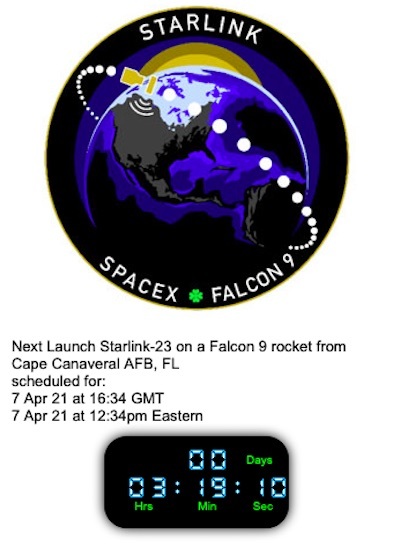
Quelle: AS
+++
Start von SpaceX’s 23th Starlink v1.0 mission and 24th Starlink



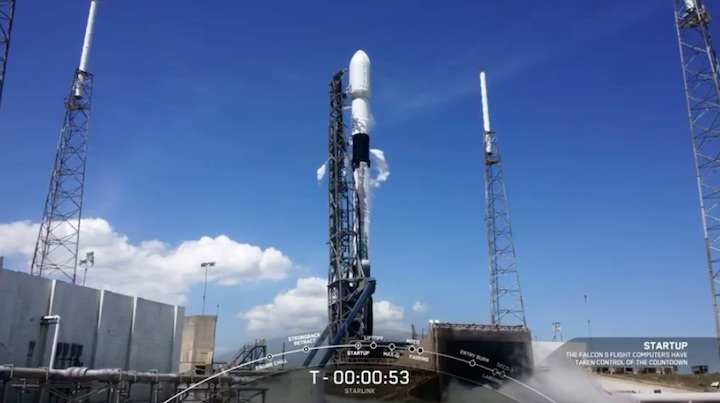




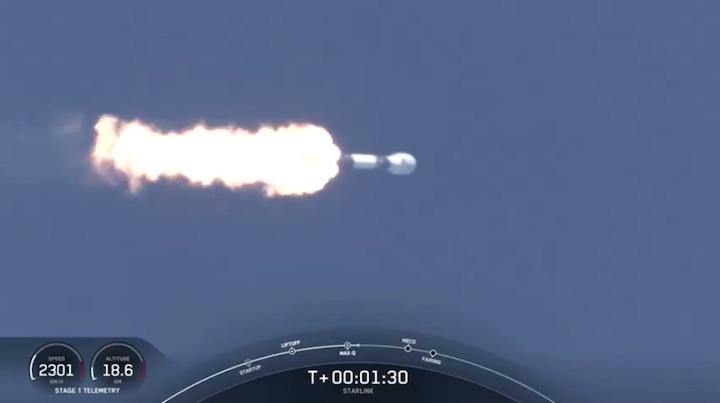



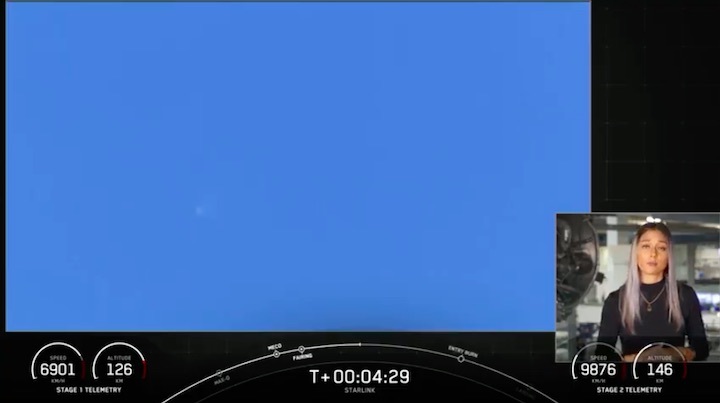



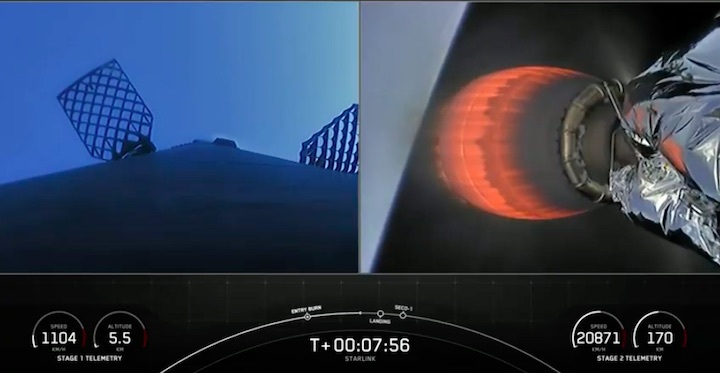






Quelle: SpaceX
